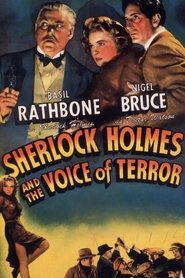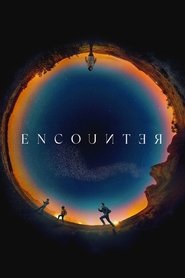
Video Sources 8725 Views
Synopsis
Ground Zero 2021 Full Movie Download In Korean 1080p
StoryLine:
The origins of the term “ground zero” began with the Trinity test in Jornada del Muerto desert near Socorro, New Mexico, and the atomic bombings of Hiroshima and Nagasaki in Japan. The United States Strategic Bombing Survey of the atomic attacks, released in June 1946, used the term liberally, defining it as: “For convenience, the term ‘ground zero’ will be used to designate the point on the ground directly beneath the point of detonation, or ‘air zero.'”[4] William Laurence, an embedded reporter with the Manhattan Project, reported that “Zero” was “the code name given to the spot chosen for the [Trinity] test” in 1945.Ground Zero 2021.
The Oxford English Dictionary, citing the use of the term in a 1946 New York Times report on the destroyed city of Hiroshima, defines ground zero as “that part of the ground situated immediately under an exploding bomb, especially an atomic one.” The term was military slang, used at the Trinity site where the weapon tower for the first nuclear weapon was at “point zero”, and moved into general use very shortly after the end of World War II. At Hiroshima, the hypocenter of the attack was Shima Hospital, approximately 800 ft (240 m) away from the intended aiming point at Aioi Bridge.
During the September 11, 2001 attacks, two aircraft hijacked by 10 al-Qaeda terrorists flew into the North and South Towers of the World Trade Center in New York City, causing massive damage and starting fires that caused the weakened 110-storey skyscrapers to collapse. The destroyed World Trade Center site soon became known as “ground zero.” Rescue workers also used the phrase “The Pile”, referring to the pile of rubble that was left after the buildings collapsed.[7]
The World Trade Center site, as it appeared in October 2004.
Even after the site was cleaned up and construction on the new One World Trade Center and the National September 11 Memorial & Museum were well under way, the term was still frequently used to refer to the site, as when opponents of the Park51 project that was to be located two blocks away from the site labeled it the “Ground Zero mosque.”
Additional Links:
Original title
그라운드 제로



















